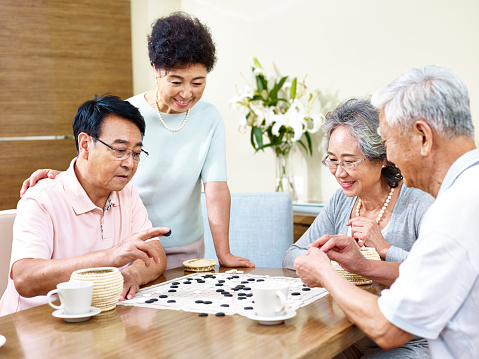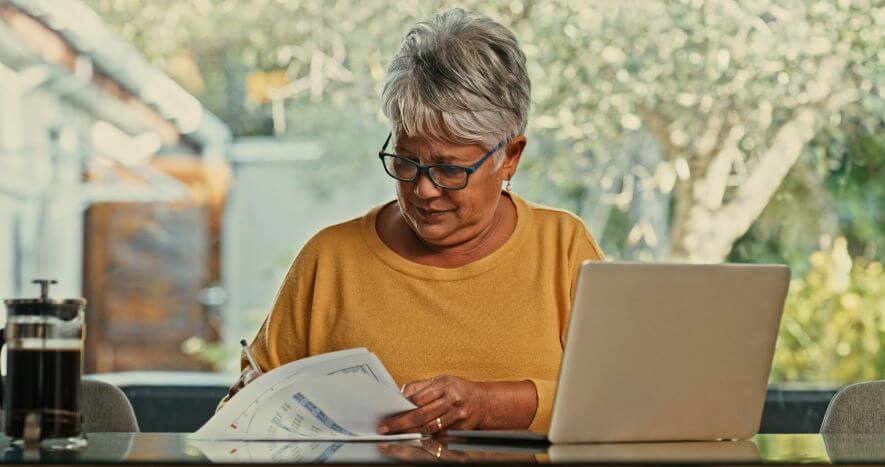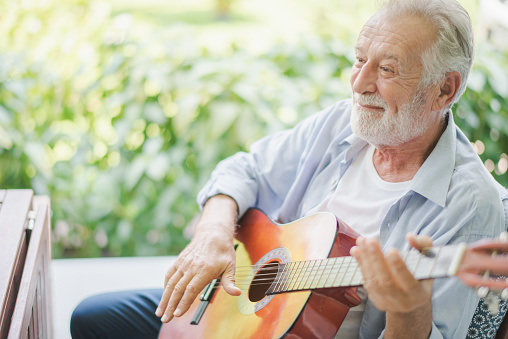When Ron Bruno was a social worker at a nursing home, he met scores of residents who had lived independently just months earlier. But little support at home, a chronic condition, a fall or a hospital stay began a downhill course that led them to long-term care.
Today, Bruno heads an on-site agency that provides health and social services to older adults in six neighboring New York City high-rise buildings so they can stay in their homes. Morningside Retirement and Health Services (MRHS) near Columbia University are part of an innovative and growing housing model called a Naturally Occurring Retirement Community (NORC).
NORCs weren’t originally designed for older adults but have turned out to have many in this demographic. At MRHS, for instance, residents in the 960 co-op apartments range in age, but more than half happen to be age 60+. Rather than moving in when they’re older to receive services, most NORC residents have lived in their place for decades. As national aging in place expert Louis Tenenbaum sees it, there’s no stigma of moving there to receive services—you are already there.
No central database of NORCs exists, but at least 25 states have them. New York State has the most, with 35 in New York City alone. Most NORCs are in cities, but they can be in the suburbs or even rural areas. Alas, there’s no magical money tree that pays for NORC services and programs and although funding sources differ across the country, most NORCs rely heavily on government funds, usually from the city and state, along with private monies. This might come from grants, foundation contributions, fundraising events, and private donations.
Bruno, who is Executive Director of the on-site MRHS, is certain that if some residents of his old nursing home had lived in a NORC, they’d probably still be there. “There’s no reason that even a very frail individual with advanced Alzheimer’s can’t live at home,” he says. Of course, if a resident requires a professional caregiver, they pay for that out of pocket.
Many NORC Services
Back at Morningside Gardens, most services offered by MRHS are free or, at most, cost a nominal fee. These include:
- visiting nurses (one full-time on staff), doctors and social workers
- exercise and health classes (20 a week) that include ways to prevent falls, yoga, tai chi, stress relief
- get-togethers (e.g., a supper club, a men’s group, trips)
- courses (e.g., writing workshops, history lectures, an intergenerational print-making course with seniors and young children from the complex)
“A NORC supportive service program encourages and promotes healthy aging and independence before something happens,” says Deborah Halper, who heads up the Aging in Place Initiative at United Hospital Fund. The non-profit created a NORC Blueprint guide to answer questions about this housing model and offer help developing a NORC program.
“We’re there to make sure things don’t get out of control,” says Bruno. If it does and a resident is hospitalized, for instance, MRHS works with the hospital so that supports are in place when the resident returns home.
NORCs Keep People Connected
Part of aging well means staying socially engaged. At MRHS more than 200 residents of all ages, but often 60+, volunteer at the NORC, sitting on committees and boards, working at the MRHS office located in one of the buildings, leading classes or organizing events. They’ve just renovated space to have a café, library and computer area where residents can socialize.
Since Eileen Canty and her husband Jim moved to Morningside Gardens in 2007 to live two buildings down from their daughter and her husband, she has been both on the giving and receiving end. Not long after Jim moved in, he was diagnosed with Alzheimer’s. After he passed away, Canty, now 83, needed help. “MRHS allowed me to maintain some independence, help take care of my husband and get expert information and services. MRHS helped me recuperate from my hip surgery, hospital visits and complications,” says Canty. And, when her brother who had ALS was moving to New Jersey, MRHS stepped up to find him housing and other resources.
Canty uses a walker and still has mobility issues. “I have not done wash in three years!” she says proudly. Someone hired through MRHS picks up her laundry every week and returns it two hours later clean and folded (no fee). That same MRHS helper does her grocery shopping (gratis, too).
The NORC has also given her the opportunity to get involved and stay engaged with fellow residents. Canty, 83, has volunteered on the annual flea market and other committees; currently she is Board Chair of MRHS. “I am a former psychologist and used to have responsible jobs. I feel I am contributing again and have been given back a sense of my own power,” says Canty. “It has also made me feel a part of this community.” Last year, she hosted a Thanksgiving dinner in one of the rooms at MRHS for 40 people, many of whom were neighbors who had no place to go.
Do you live in a NORC, want to start a social service program or find out more about this concept? Try your local Area Agency on Aging for starters. The key, say experts, is to have a social service agency with vetted providers take the lead, and make sure that your community qualifies as a NORC for government funds.
Between increased longevity, the desire to age in place, rising healthcare and housing costs, the stunning price tag for long term care, an epidemic of loneliness and many millions of boomers hitting their 70s, the NORC concept is gaining popularity. It’s also good insurance: younger residents may not need support services now, but are reassured that, down the road, they’ll have solid options if they remain in their communities.
Interested in more retirement content? Learn more here on Extra Mile.







nice for article
Interest viewing
..,……best wishes
This is actually a question on the subject . My remote car keys for Toyota 2016 and 2014 were stolen recently. Is there anyway to prevent the thief from using the stolen key to enter my car?
What a wonderful program. I wonder if we have this in WA
This may be the answer for our tiny home community!
Awesome way to create independence and change the culture of aging.